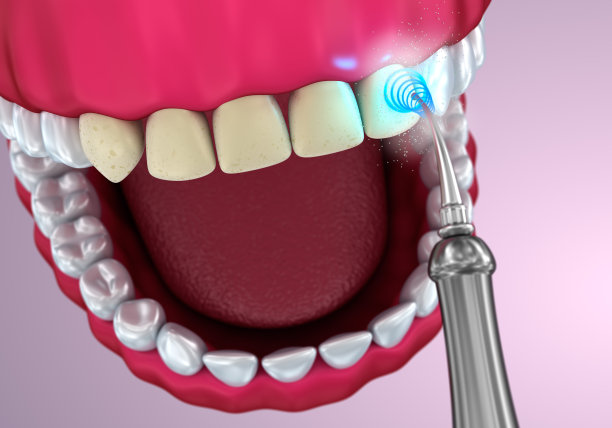Understanding the Process and Importance of Extracting a Tooth for Dental Health and Wellbeing
Summary: Tooth extraction may seem like a daunting procedure, but it plays a crucial role in maintaining overall dental health and wellbeing. This article explores four key aspects of tooth extraction: the indications for extraction, the procedure involved, post-extraction care, and the psychological impact of losing a tooth. Understanding these factors can help patients make informed decisions regarding their dental health, ultimately leading to improved oral hygiene and wellbeing. Through this detailed examination, readers will gain insights into why tooth extraction is sometimes necessary and how it contributes to better overall health.
1. Indications for Tooth Extraction

Tooth extraction is often deemed necessary when a tooth is severely damaged or decayed beyond repair. Infections that stem from dental cavities can lead to abscess formation, which may require immediate intervention. In these cases, extraction serves to eliminate the source of infection and pain, preventing further complications.
Another common reason for tooth extraction is orthodontic treatment. In cases where overcrowding occurs, dentists may recommend the removal of certain teeth to facilitate proper alignment. This strategic extraction helps create sufficient space, allowing for more effective and successful orthodontic results.
2. Understanding the Tooth Extraction Procedure
The tooth extraction process begins with a thorough examination by the dentist, who may take X-rays to assess the position and health of the tooth. Once the extraction is deemed necessary, the dentist will discuss sedation options to ensure the patients comfort during the procedure.
The actual extraction involves the administration of local anesthesia to numb the area around the tooth. For more complex extractions, such as impacted wisdom teeth, general anesthesia may be used. The dentist then carefully loosens the tooth from the gum and surrounding bone using specialized tools, ultimately removing it from the socket.
Following the extraction, the dentist will provide instructions for at-home care, including managing any bleeding and swelling. Understanding this process helps patients feel more informed and reassured about what to expect, diminishing pre-procedure anxiety.
3. Post-Extraction Care and Recovery
Effective post-extraction care plays a pivotal role in ensuring proper healing and minimizing discomfort. Patients are typically advised to rest following the procedure and avoid strenuous activities for a few days. This allows the body to begin the healing process without undue stress.
Managing pain and swelling is also critical after tooth extraction. Over-the-counter pain relievers or prescribed medications can help alleviate discomfort, while applying ice packs to the outside of the cheek can reduce swelling. Staying hydrated and consuming soft foods during the initial recovery phase is recommended, promoting healing without exacerbating any discomfort.
Regular follow-up appointments with the dentist may be necessary to monitor healing. Patients should also be mindful of any unusual symptoms, such as prolonged bleeding or severe pain, which could indicate complications. Understanding post-extraction care not only aids recovery but also empowers patients to take charge of their health.
4. Psychological Impact of Tooth Extraction
Beyond the physical aspects, tooth extraction can have a psychological impact on patients. Many individuals feel anxious or sad about losing a tooth, associating it with aging or diminished attractiveness. This emotional response is normal, but addressing it is crucial for overall wellbeing.
Support from family, friends, and dental professionals can help mitigate feelings of anxiety. Dentists may offer solutions, such as dental implants or bridges, which can replace the extracted tooth and restore a patients confidence in their smile.
Moreover, understanding that tooth extraction is sometimes a necessary step toward better health can help patients shift their perspective. By focusing on the positive outcomes of the procedure, such as pain relief and the prevention of further dental problems, individuals can foster resilience and acceptance of the situation.
Summary:
Tooth extraction, although often viewed with apprehension, is an essential procedure that can significantly improve dental health and wellbeing. From addressing issues like decay and overcrowding to fostering a better understanding of post-extraction care, comprehending the full spectrum of this process empowers patients in their dental journeys.
Ultimately, recognizing the importance of this procedure鈥攚hether for health, comfort, or psychological comfort鈥攅nables individuals to make informed decisions. With proper knowledge and care, tooth extraction can lead to a healthier, more confident smile.
This article is compiled by Vickong Dental and the content is for reference only.



